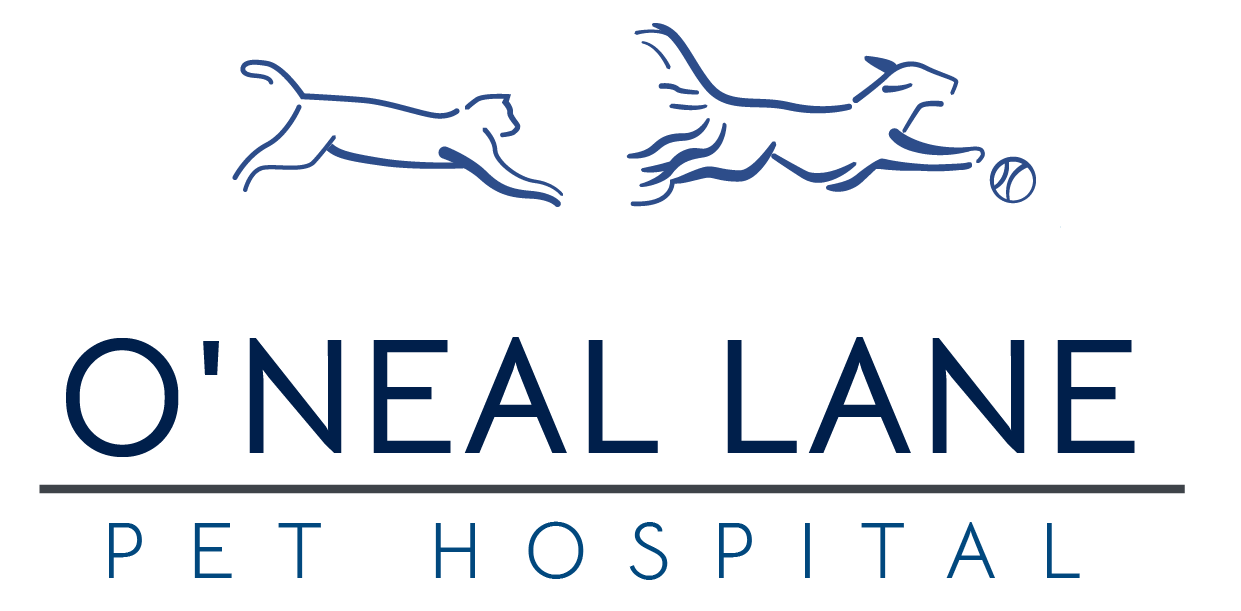Have you found a lump on your pet? Before you begin to worry, we have some information to clear your mind. If you’ve read this post and still want us to check on the lump, just call us at 570-992-6900 and we’d be happy to schedule an appointment. Brodheadsville Veterinary Clinic is able to process a wide array of diagnostic laboratory tests with our in-house laboratory, providing accurate and timely lab results for the benefit of your pet thanks to our extensive in-house laboratory capabilities.
If you ever found a lump on your pet, your first thought might have been cancer. But, many lumps and bumps are harmless. Here’s what you need to know about masses in pets.
Common masses found on pets
- Lipomas — These fatty tumors are typically benign. Once identified, we’ll monitor the growth over time. If they grow quickly, we may recommend surgical removal.
- Skin tags or cysts — Small skin tags and cysts are usually benign, but if they grow large or cause discomfort or pain, surgical removal may be recommended.
- Histiocytomas — These are abnormal, benign growths of immune cells in the skin. They can appear overnight and can be bright red with a bubbled surface. Histiocytomas will sometimes disappear on their own but sometimes require surgical removal.
- Malignant tumors — Any number of tumors can be cancerous, including squamous cell carcinomas, osteosarcomas, mast cell tumors, mammary tumors, lymphoma, and more.
To identify the mass on your pet, we’ll perform diagnostic testing, which may include a fine-needle aspirate (using a small needle to gather a sample of cells from the mass so they can be examined under a microscope), a biopsy, X-rays, an ultrasound, or blood work. Once the mass has been identified, we’ll develop a treatment plan.
What to do if you find a lump on your pet
If you feel a lump on your pet, don’t panic. While it can be frightening, you need to stay calm and follow these steps:
- Pinpoint the location of the mass. If your pet’s fur is thick or long, it may be difficult to find the lump again, so be sure to note exactly where the lump is and take a photo.
- Make an appointment with our hospital. If the mass is cancerous, identifying it as early as possible is important.
- Measure the mass and monitor its growth. If the lump grows quickly, even if it’s benign, we may recommend removing it surgically.
- Monitor your pet’s behavior. Is he eating and drinking normally? Does the lump seem to cause pain or discomfort? Is he scratching it? Is it bleeding or oozing? If you notice changes in your pet’s behavior or if the mass seems to be causing discomfort, call our office.
If you have any questions at all, please don’t hesitate to reach out. We’re here to help.
Have questions? Need to make an appointment?
The Brodheadsville Veterinary Clinic team is here to help!
CONTACT US
